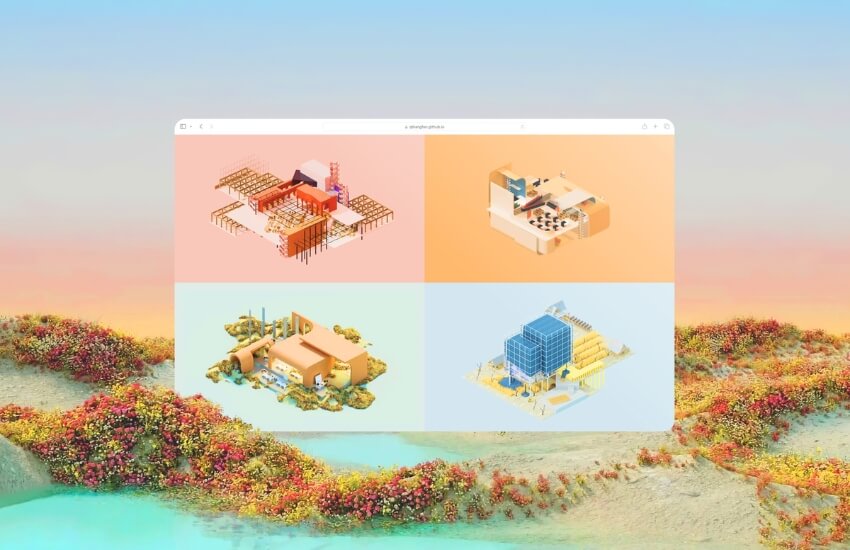
Behind the Scenes of “Four Typologies” with Qihang Fan
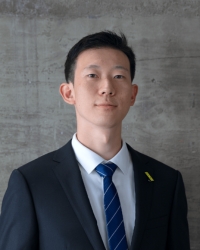
Creative Communication Awards recognized Four Typologies, a responsive interactive media website designed by Qihang (Ian) Fan that seamlessly integrates architecture and fashion into an immersive 3D experience. By offering macro-to-micro levels of interaction—complete with dynamic textures and nonlinear upcycling workflows—Four Typologies democratizes cutting-edge technology for broader audiences. Below, Qihang shares his journey, from the initial inspiration to overcoming technical challenges, all while prioritizing accessibility and inclusive design.
Award: Best of Best in Websites / Online Media, UI/UX Design (2024 C2A)
Project: Four Typologies
Lead: Qihang (Ian) Fan
1. Could you provide a brief background about yourself or your creative practice?
Qihang (Ian) Fan: I am a globally recognized expert in user experience design, emerging technology integration, and product innovation. My work revolves around crafting inclusive, engaging, and forward-thinking experiences. In one of my open-source projects, I created an interactive media product aimed at democratizing access to immersive technologies, which garnered over 30 international awards. Currently, as a product designer at Arthrex, I integrate advanced technologies into medical solutions that enhance surgical workflows and improve patient outcomes.
2. What was the brief for your award-winning project? What were the primary goals or instructions that guided its success?
Qihang (Ian) Fan: Traditional 2D diagrams and renderings often fail to capture the richness of architectural and spatial concepts. To address this, I launched Four Typologies, an open-source responsive website that immerses users in a seamless 3D experience. The goal was to make architecture and fashion concepts more tangible and accessible, allowing anyone with a web browser to explore these designs from macro to micro observation levels—no specialized XR hardware needed. This approach broadens the audience and democratizes immersive experiences.
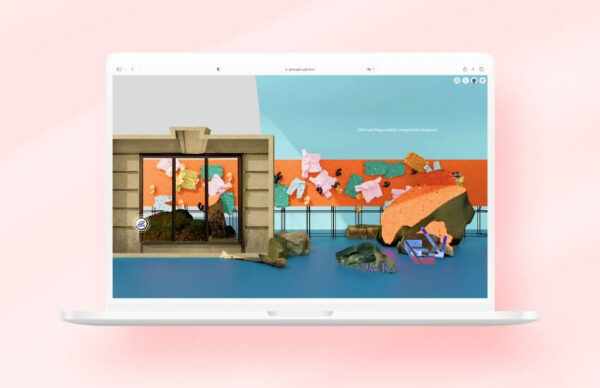
3. What inspired your award-winning project?
Qihang (Ian) Fan: My inspiration stems from a desire to solve the communication gap created by traditional 2D tools. By leveraging 3D interactions in a web-based environment, Four Typologies offers nonlinear, upcycling-focused workflows. Users can not only appreciate intricate architectural details but also engage with dynamic textures and interactive features. The ultimate goal is to ensure that complex design concepts are understood and appreciated in their full depth, reaching a wider audience eager for immersive and tangible experiences.
4. What challenges did you face during the creation of your award-winning project, and how did you overcome them?
Qihang (Ian) Fan: One major challenge was orchestrating diverse skill sets—architecture, 3D media, UX, and front-end development—into a cohesive product. I tackled this by adopting a mindset of continuous learning and problem-solving. I used Rhino, Cinema 4D, and Redshift for architectural and 3D production, while Adobe Photoshop and After Effects helped with post-production. For UX and responsive web design, I turned to Figma, and I combined HTML, CSS, and JavaScript for development, deploying locally via Visual Studio Code and hosting open-source files on GitHub Pages. Rapid iteration allowed me to integrate all these elements while maintaining a smooth user experience.
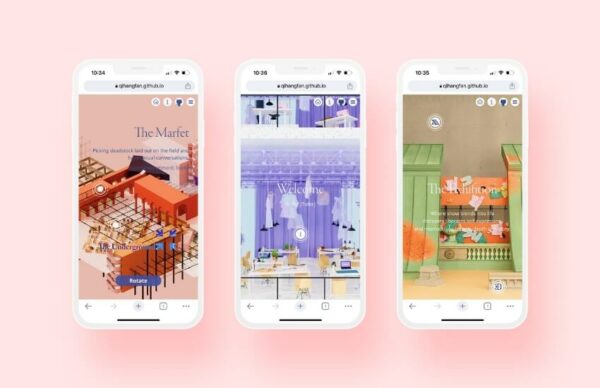
5. What sparked your passion for design, and how has your journey evolved over time?
Qihang (Ian) Fan: My fascination with design began in undergraduate architecture studies, focusing on human ergonomics and parametric design. This foundation opened the door to more advanced technologies like AR, XR, AI, and robotics, which I explored further during my master’s at the Southern California Institute of Architecture. I applied these emerging tools to practical projects, such as Google-sponsored housing research that leveraged AI. After completing my studies, I joined Arthrex as a product designer, focusing on AR applications that improve orthopedic surgery workflows. My overarching goal has remained consistent—enhancing user experiences and inclusivity while pushing technological boundaries.
6. How do you stay updated on the latest trends, such as AI, and what are your thoughts on their impact on the creative industry?
Qihang (Ian) Fan: Designers act as translators of technology, making complex innovations accessible and user-friendly. I keep an open mind and constantly immerse myself in specialized knowledge—whether it’s AI, AR, or XR—by reading industry publications, attending workshops, and engaging in professional networks. This approach ensures that as technology evolves, design remains intuitive and inclusive for diverse audiences.
7. What steps do you take to continue growing as a designer?
Qihang (Ian) Fan: My growth is anchored in inclusive design principles. I’m driven to create emerging tech products and interfaces that transcend barriers—whether situational, temporary, or permanent. Inclusivity challenges me to think more broadly about user needs, continually pushing me to refine my skills and remain open to new perspectives. The aim is to empower more people to benefit from these advanced experiences, extending the reach and social impact of my designs.
8. What inspires your imagination, and how do you nurture creativity in your daily life?
Qihang (Ian) Fan: Creativity, for me, is fueled by both passion and persistence. While passion gives the motivation, persistence ensures that the spark is consistently nurtured. I stay curious, embrace the process, and remind myself why I became a designer in the first place. This mindset drives me to keep evolving and, in turn, inspire others. My advice to emerging creatives is to stay committed, trust the process, and let your passion guide you toward meaningful innovation.
9. How do you balance your clients’ needs with your personal creative style?
Qihang (Ian) Fan: Design is a form of communication and knowledge sharing. When you treat design as a collaborative process—where trust is built through transparency and empathy—it becomes easier to align client objectives with user-friendly solutions. I place a strong emphasis on usability and accessibility, ensuring the final outcome naturally guides users toward understanding and engagement. By focusing on intuitive experiences, I bridge the gap between my creative vision and the client’s goals.
10. How do you feel about receiving a Creative Communication Award?
Qihang (Ian) Fan: Receiving the 2024 C2A Creative Communication Awards Best of Best Distinction is a tremendous honor. It validates the countless hours of dedication and experimentation I’ve poured into my work. Beyond elevating my profile in the creative industry, it reaffirms my commitment to accessible and inclusive design solutions. This recognition motivates me to keep exploring how creativity can be harnessed to benefit society at large and strengthen inclusivity in technology.
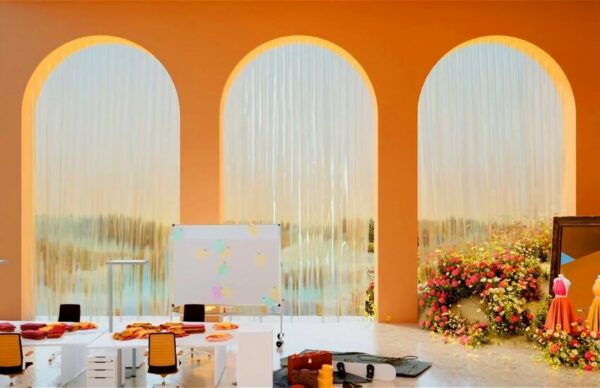
Four Typologies: A Glimpse into Decentralized, Localized Fashion and Architecture
Four Typologies stands as a showcase to how architecture, fashion, and emerging technologies can converge seamlessly. From intricate 3D explorations to responsive web interactivity, it engages users at every level—amplifying the power of design to communicate, inspire, and democratize. By merging advanced tools with user-centered strategies, Qihang (Ian) Fan has crafted a unique platform that not only redefines creative expression but also pushes the boundaries of accessibility in tech-driven design.
____
Featured Project:
Four Typologies
Interviews:
Jurors & Past C2A Winners

